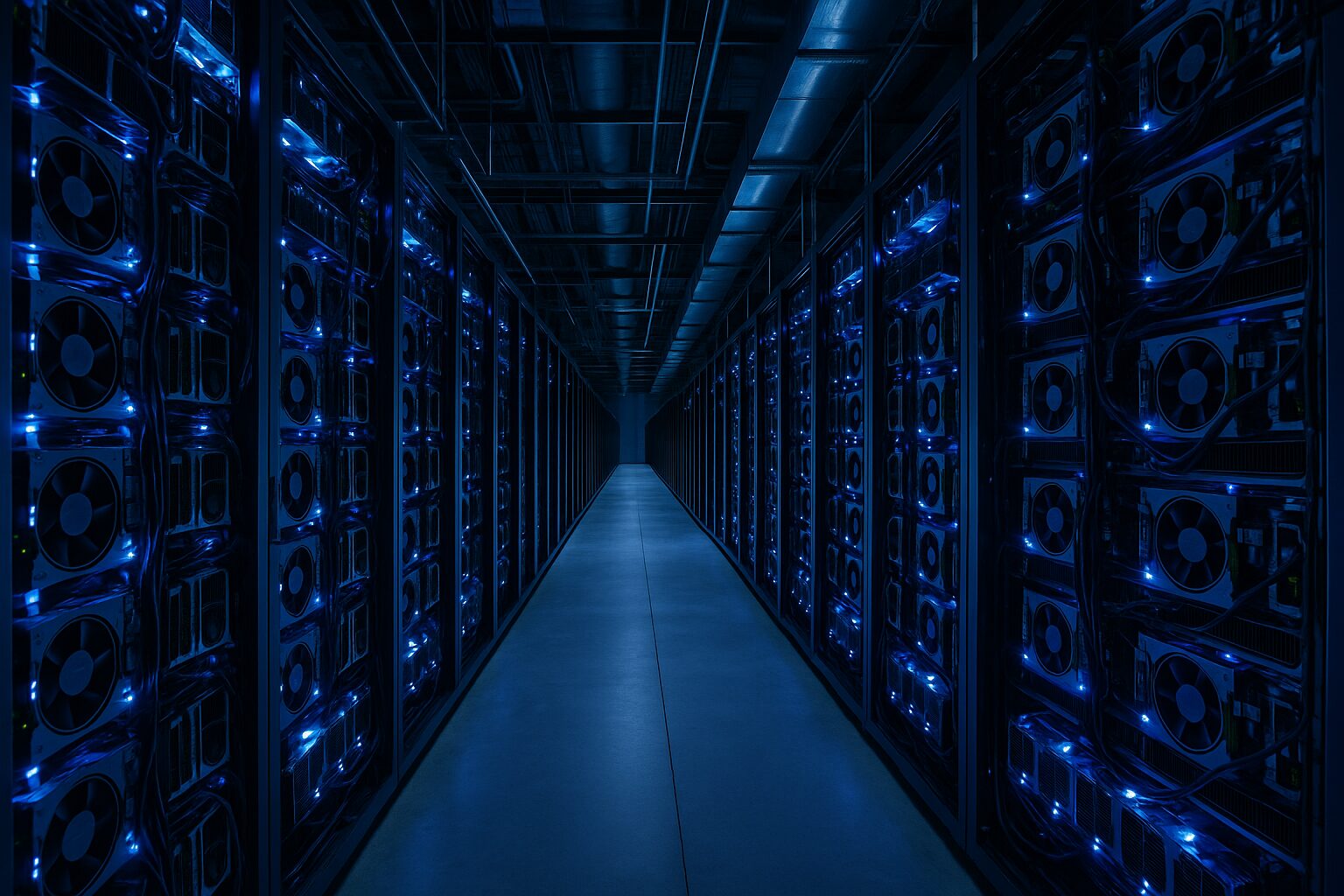An MIT study found that 95% of generative AI projects are failing to make real business impact, no revenue, no clear ROI, just a lot of noise. That’s not a small number. With billions flowing into AI tools and infrastructure, it’s worth asking whether we’re heading for a tech bubble burst, similar to what happened in the early 2000s.
Companies are already pulling back. Executives are getting cautious. Investors are worried. The language feels familiar just like the lead up to the dot-com crash.
Dot-Com vs. AI: What We Didn’t Learn
Back in the late ’90s, if your startup had “.com” in the name, investors threw money at it. No record of revenue or proof of success; “.com” in investors mind meant just potential. This was because the internet was new, exciting, and full of promise. Growth seemed unlimited. But without working business models or real product-market fit, most of those companies collapsed.
We’re seeing the same signs now with AI investments:
- Big hype, minimal returns
- Capital chasing potential, not performance
- People borrowing cheap money to invest in trends
- Little due diligence, even less strategy
A few companies might survive this round just like Amazon and Google did back then but most won’t. If we have learned anything, it’s that bubbles burst when reality catches up to fantasy.
Why Most AI Projects Are Falling Flat
That same MIT report highlights something important: AI failure today isn’t about the tech it’s about how it’s being used. The term “AI project failure” doesn’t mean the software didn’t run. It means companies expect too much, too fast, without changing their workflows, culture, or processes.
Some lean startups are finding success especially when they focus on solving a specific problem through partnerships. But most large enterprises are sinking money into complex, in-house tools without adapting how people actually work.
Here is what’s happening instead:
- Misaligned tools and goals
- Budget waste
- Frustrated employees
- Little to no transformation
That’s not transformation. That’s expensive confusion.
What to Watch Before the AI Hype Collapses
This isn’t just about failed pilots. There are other warning signs that the AI bubble may pop:
- Environmental impact: AI needs huge data centers that burn through power and have an effect on water. People from the areas where data centers are, are complaining about this. That’s a real growing concern.
- Over-reliance on AI: People are using AI for everything from writing emails to expressing condolences. That dependency is causing mental fatigue and, in some cases, delusions.
- Lack of oversight: Companies are skipping double checks, trusting AI outputs blindly.
- Misuse of tools: Many workers don’t know how to use AI effectively or safely.
- AI investment risks: Without clear paths to profitability, AI spending becomes speculation, not strategy; which actually happened with the “dotcom” era.
Before investing more money, you would think investors would ask: Is AI solving a real problem or just trying to keep up with a trend which was created?
What Happens If This Bubble Pops?
If this tech bubble collapses like in 2000, the fallout could be insane. More Layoffs, wasted budgets on projects centered on AI. For people and companies treated AI as a tool not a miracle it’s still possible to build something that lasts. The “dotcom” bubble was not a complete bust, we got Amazon, E-bay and Google from it.
